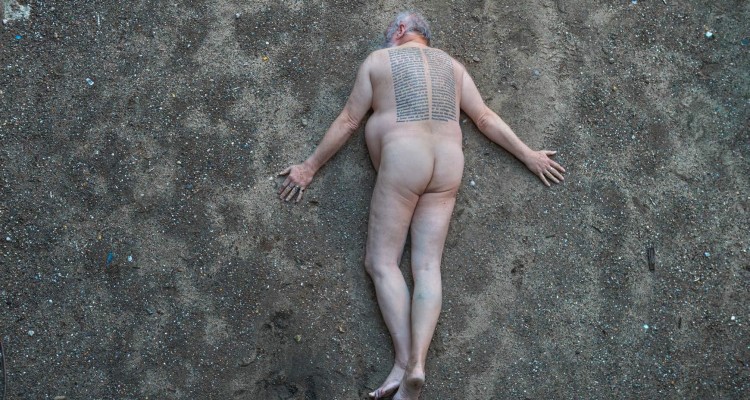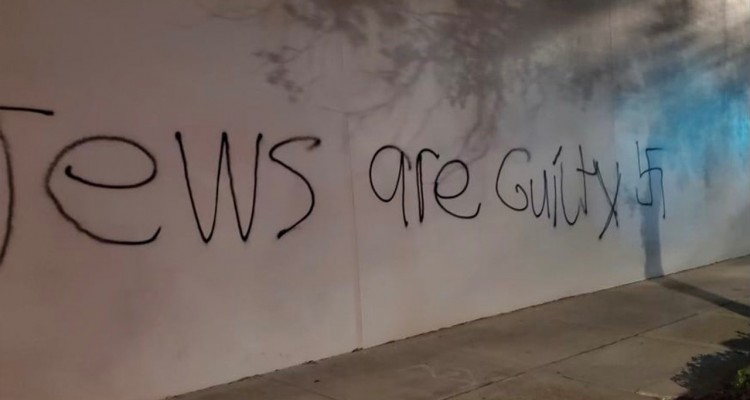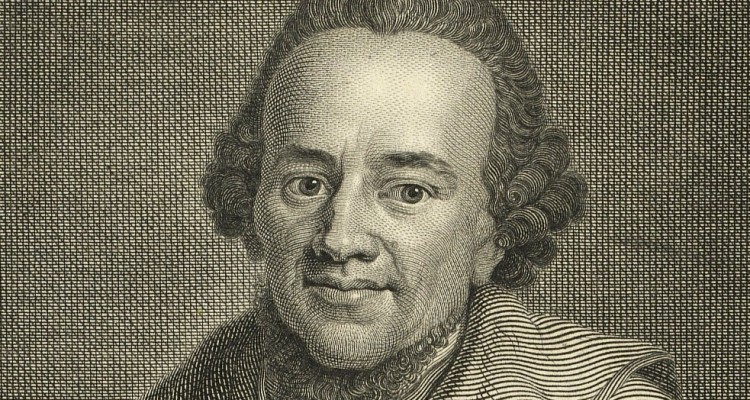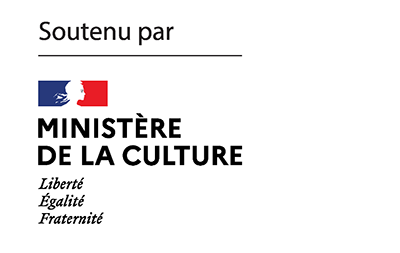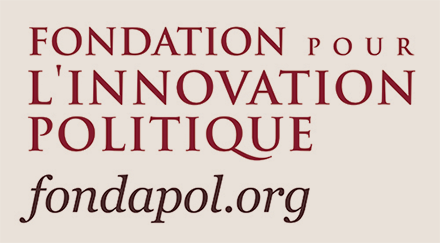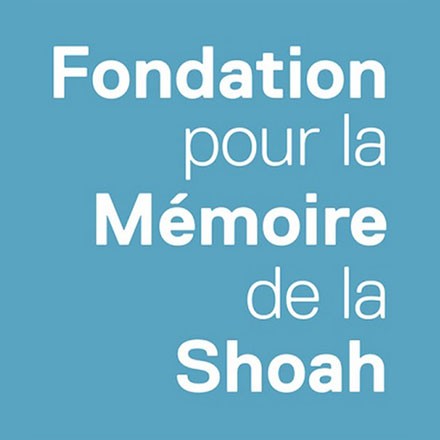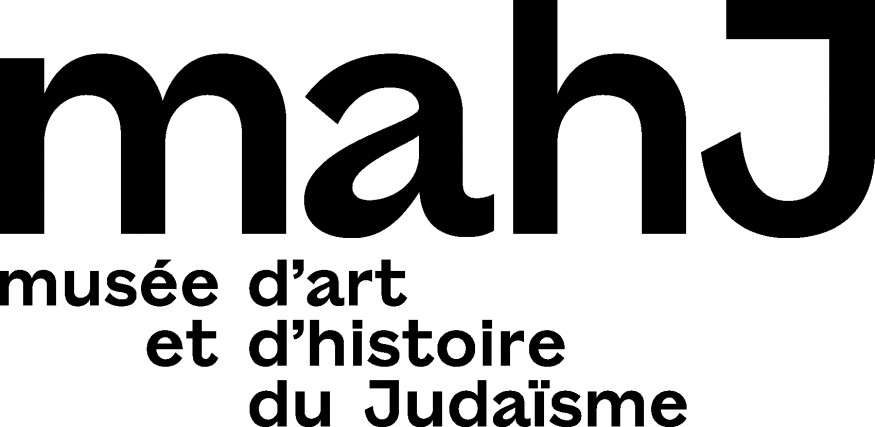One could – one hoped to – ignore the continuous flow of messages that Éric Zemmour has been pouring into the French public debate for years. But even those who have become accustomed to it were startled by his parallelism between Mohamed Merah and the children he executed in cold blood in Toulouse. Zemmour does not confuse victims and executioners. He unites them in a status of aliens to France. “The earth does not lie,” Emmanuel Berl whispered to Marshal Pétain in 1940, giving him his most famous formulation. Zemmour adds: the burial does not lie, it seals the identity of the deceased. The Jews of France, as everywhere else in Europe, have always buried their people where they lived. The only thing they have to do, wherever they live, is to obtain a perpetual plot. Such is the tradition. There is another ancient idea, which has become customary, of Jerusalem as the ideal place to be buried. This idea in the modern world is suddenly feasible and Jerusalem has become a real place where it can be realized. But Jerusalem is not a state or a political entity. Jerusalem is an ideality shrouded in messianic hope, even though it is on earth. The fact that Jerusalem is today located in the State of Israel does not change this. So much so that the burial of a French Jew in Jerusalem in no way means that he was torn between two nationalities, between two nation-states, and finally chose the foreigner. It is almost the opposite: by looking toward Jerusalem, French Jews, called Israelites, dreamed of making republican France the nation of the redemption of all humanity. Zemmour calls himself an assimilated Jew. If this is true, it is perhaps he, in his excess, wherever he is buried, who speaks the truth of what France today is not.
We will have to come back to the Zemmour case in K… In the meantime, this week’s issue features a text and images by the great photographer Frédéric Brenner who, after more than forty years of reporting on Jewish life around the world, has spent the last three years exploring Berlin, the scene of a paradoxical and fascinating European Judaism, where Germans who have converted to Judaism and Israelis who have broken with Zionism, the recent immigration of Russian Jews and the rare German Jews who returned after the war to the country where their extermination was decided, are all mixed up.
In a text from the United States, the journalist Abe Silberstein – struck, during the last round of Israeli-Palestinian violence last May, by the expression of anti-Semitism which, in the form it took on that occasion, manifested a new political climate in his country – wonders whether something similar to the European situation is taking hold in the United States?
In this charged climate, hindsight is necessary and K. republishes this week Bruno Karsenti’s text on Moses Mendelssohn, the greatest philosopher representing the Jewish Enlightenment. In a national and international context of renewed conflict today, when Europe is expressly seeking to reconnect with the current of Enlightenment in which it gained its modern momentum, it may be that Mendelssohn, in a new guise, at a distance from the one he had at the time of emancipation, must once again become our contemporary.
